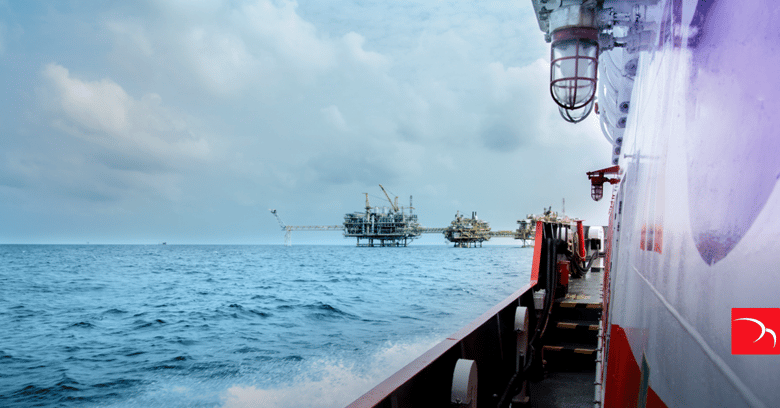The offshore connectivity market for the energy sector is robust and growing.
The offshore oil and gas (O&G) communications market is expected to achieve 7.3% CAGR growth from 2021 to 2026, according to Mordor Intelligence (“Offshore Oil & Gas Communications Market – Growth, Trends, COVID-19 Impact, and Forecasts ( 2021-2026)”).
One of the reasons for this growth is that O&G companies are seeking digital solutions for offshore operations.
"With companies seeking advanced digital solutions for offshore field operations, the [communications] market is expected to witness further growth". Mordor Intelligence, Offshore Oil and Gas Communications Market (2021-2026).
Watch our video - On & Offshore Connectivity For Oil & Gas
In parallel, the fast-growing offshore wind farm sector has new connectivity requirements due to a growing number of greenfield projects and a fresh approach to communications in a digitally evolved world. Offshore wind capacity surpassed 32.5 GW in 2020, up almost 20% from 2019 and a roughly 10-fold increase from 2011 (“Global Offshore Wind Report 2020,” February 2021).
162 wind farms are currently in operation in Europe, Asia, and North America, representing a significant increase of over 10% from 2019.
This sector is projected to expand further by almost one-third of current capacity, with nearly 10 GW of new offshore wind capacity now under construction at 26 wind farms worldwide (May 2021).
Given this increasing need for connectivity by offshore energy companies, a real and growing opportunity exists for offshore telecom companies and service providers that can deliver reliable, high-capacity, and low-latency connectivity to offshore energy companies.
Learn more- get the new offshore stabilized connectivity white paper


